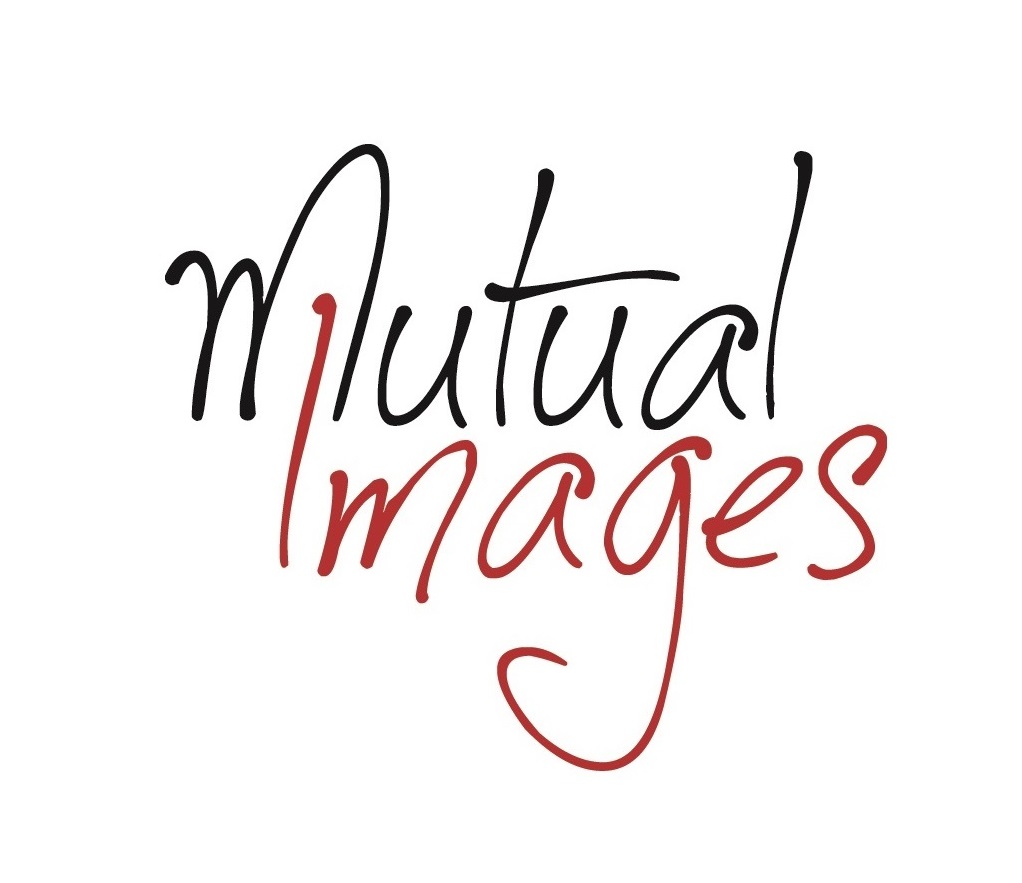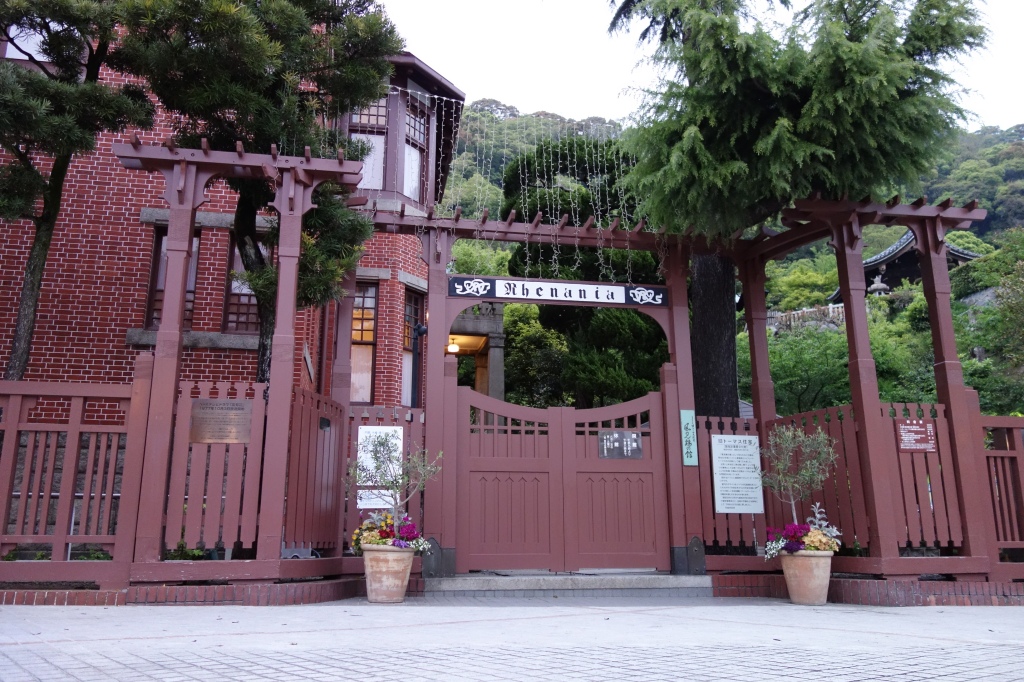
MUTUAL IMAGES RESEARCH ASSOCIATION (MIRA) is an independent, scholarly and non-profit association, which brings together academics from different countries and fields of research to discuss cultural diversity and exchanges - mainly between Japan and Europe. Based in France, it follows the French law of the 1st July 1901 regarding associations.
A bit of historY
Mutual Images Research Association - or MIRA in short - was born from the encounter, in 2012, of three researchers who share an interest in the “images” of Japan, as well as past and present cultural exchanges between Japan and Europe: Aurore Yamagata-Montoya, Maxime Danesin and Marco Pellitteri. Believing that cultural diversity and multi-/inter-disciplinarity encourage dialogue and highlight new perspectives, they decided to found an international workshop where researchers would gather, every year, to discuss these mutual images. Thus, in 2013, was created the Mutual Images International Workshop series; its first edition was held at Konan University (Kobe, Japan), where Aurore Yamagata-Montoya and Maxime Danesin had been exchange students during the year 2010-2011.
In November 2014, MIRA was officially registered as an independent, scholarly and non-profit association in France. Its primary purpose was - and still is - to create a stable structure to pursue the Mutual Images International Workshop series, and to establish a research journal dedicated to host its proceedings.
In Summer 2016, Mutual Images, MIRA’s own academic, double-blind peer-reviewed and open-access journal, was finally established, with Marco Pellitteri acting as its main editor.
Why “mUTUAL IMAGES”?
The name of MIRA comes from an expression used by the scholar Akira Iriye in the title of his publication Mutual Images: Essays in American-Japanese Relations (Cambridge: Harvard University Press, 1975). Several academics have since focused on explicating those “mutual images”, especially regarding Japan-U.S. interactions.
What images are we talking about? We are referring not only to iconic, iconographic and visual cultures, but also to the ways general ideas about foreign cultures and nations are conceived, built and circulated abroad. These are sociological and, in wider terms, political aspects of the process of image-building that we should also take into account in our studies of mutual images. However, the word “image” immediately brings to mind the visual. When we are asked to think of the images of a culture, we see before our eyes paintings and frescoes, buildings, churches and temples, streets and squares, films and animation, comics and classical literature, artists, musicians and pop stars, fashion, video games and new technologies, politicians and people of public interest. These exercises in visualising the various aspects of a national culture, when applied to Japan, give life to numerous strong images in our minds. But this process is also effective in the reverse direction: mutual images implies that Japanese thinkers, artists, writers and ordinary people have formed over the decades and centuries many images of foreign cultures through their own lenses. Hence, the bi-directional purpose of our workshops and of our research journal is to study the way mutual representations have been formed and their historical, aesthetic and social outcomes.
As a matter of fact, the cultural relationship between Japan and other cultures raises many questions, all equally important for understanding the past and the present, as well as preparing for the future.
